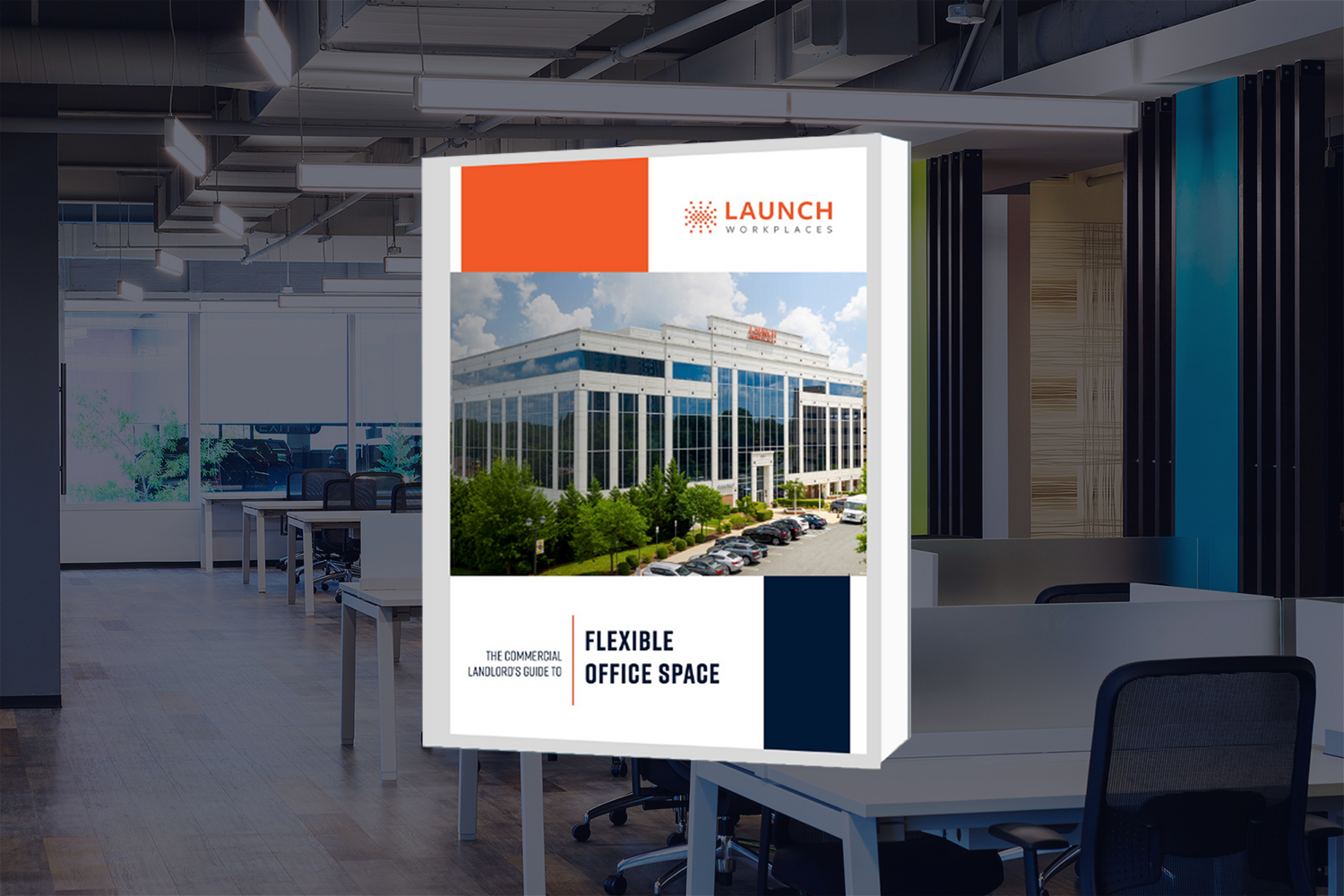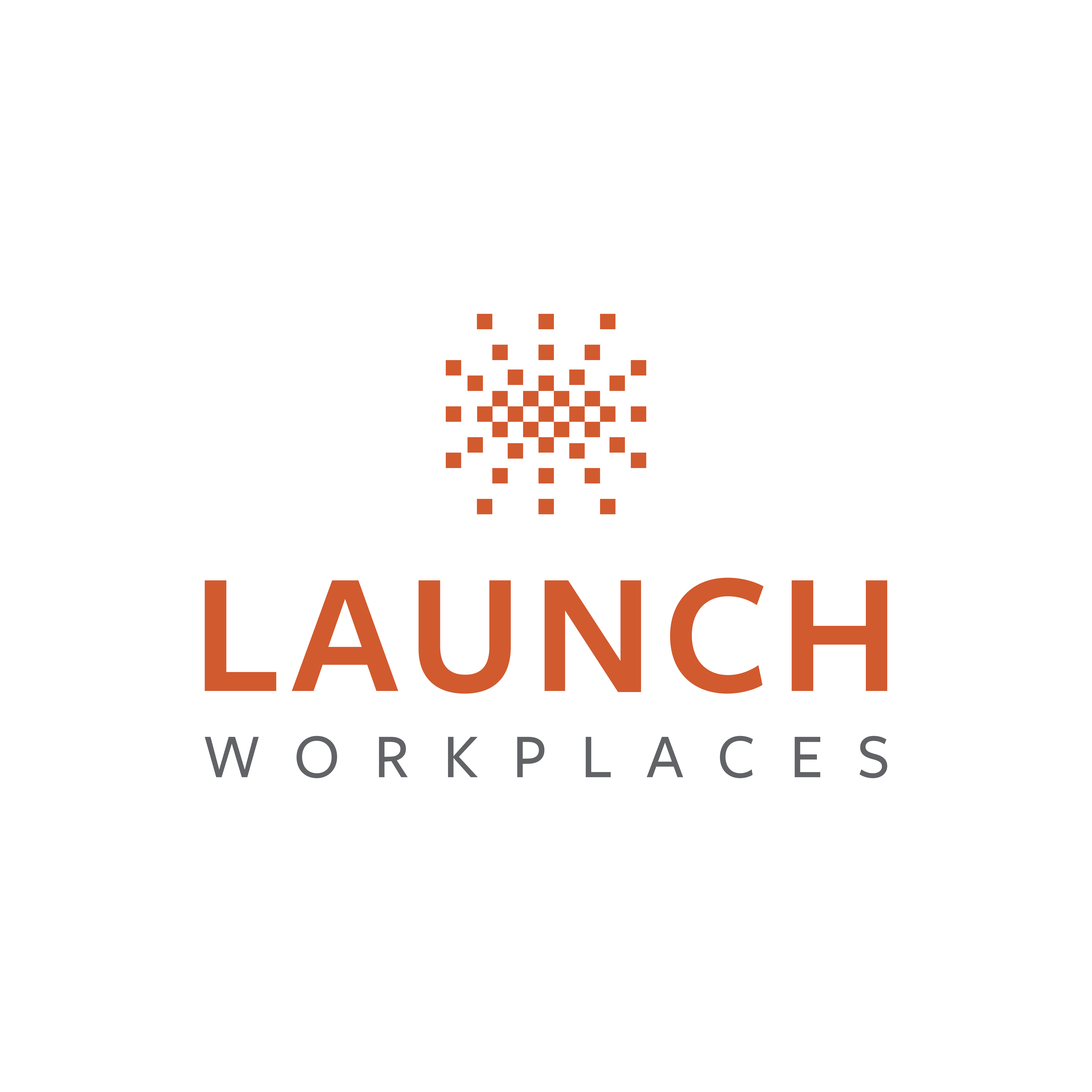With the pandemic pummeling the commercial real estate industry, one question I’ve been hearing a lot lately is this: is 2021 the year to add a coworking space to your portfolio?
And my response is a bad news/good news mix. The bad news? Commercial real estate is in the midst of a historical shake-up, and the worst is yet to come. The good news? Opportunity knocks.
Let me explain.
The Big Problems for Commercial Real Estate in 2021
Let’s fast-forward six months. Here are the inevitable (and potentially catastrophic) problems for commercial real estate, as I see them.
The Continuance of COVID
Uncertainty looms, but one thing is for sure: nobody knows when and how the pandemic will taper off. So, nobody knows when (and if) everyone will feel safe coming back to work.
And this causes big problems with regards to demand for office space (more on that shortly).
Uncertainty with Relief for Commercial Tenants
When the pandemic started, people were quick to get relief. Businesses were able to get PPP loans that could be used for rent and payroll.
At first, they were going to last ten weeks, then twenty-four. And, with any luck and if your paperwork looked right, your financial institution let you out of your obligation of payback.
And that’s been great. But there’s a new potential problem: that money has come and gone, so will tenants who benefitted from it still be able to pay rent going into the fourth quarter of 2020 and into the first two quarters of 2021?
This problem is compounded for landlords who are unable to provide relief to their tenants.
The Potential Impending Tailwhip
I’ve said it before and I’ll say it again: commercial real estate is a laggard of economic indicators. It doesn’t get hit as hard when times are tough, but it also doesn’t bounce back as fast when things swing back towards normal.
So, even when we get to a stage where there are strong signs of an economic rebound, a vaccine is readily available and people are being vaccinated at a high rate, people are happy, and jobs are coming back, we still have one looming worry to contend with.
Will there be a tailwhip effect where the industry feels the impact more heavily down the line?
Changing Sentiments Towards Traditional Office Leases
There’s a growing sentiment that shelling out cash for traditional office space isn’t a good spend anymore because a lot of companies are realizing that working away from the office is actually working for them.
While they may never have implemented it without the pandemic making it mandatory, they’re certainly rethinking it now. So, more and more, we’re seeing tenants carrying 10,000 square feet of office space for 100 newly-remote employees. And that big, long lease isn’t looking so appealing anymore.
I see three likely outcomes from this scenario:
- Landlords are about to get flooded with requests from tenants to cut their leases short
- Tenants who are coming up for renewal are going to take on less square footage
- Nobody is going to want to sign 10-year leases anymore
If you think this sounds bleak, you’re right.
Flexible Office Space is the Solution to Commercial Real Estate’s Worries in 2021
Just like that, we’ve come full circle to the original question: is 2021 the year to add coworking to your commercial real estate portfolio?
The answer is yes.
Here’s why.
You’ll Increase Your Chances of Keeping Existing Tenants
It’s cheaper to keep tenants than it is to find new ones. So, while you might end up with tenants reducing their square footage, your ability to offer them flexible options increases your chances of retaining them rather than losing them altogether.
You’ll Have an Easier Time Finding New Tenants
As large-volume tenants inevitably forego their square footage, the demand is going to shift towards smaller, more flexible spaces and terms.
And if you’re the first person on the block to sell what everyone wants, you’re going to make money.
Pre-pandemic, having flexible office space in your building was a differentiator. Post-pandemic, it’s going to be a necessity. If you don’t have flexible options, at least in regards to leasing term lengths, you’re going to have a really hard time competing.
There’s a first-mover advantage available to you right now. Don’t miss it.
You Simply Can’t Afford to Wait
If you know there will be demand for more flexible spaces and terms and you don’t address it, you’re going to be outdated in no time.
And if you have the luxury of not imminently needing to consider this — say, if you don’t have any leases lapsing in 2021 — I’d advise you to look at 2022.
Who knows what the world will look like then? Start looking into these options today because if you don’t, you may well find yourself in trouble.
My point is this: there are a ton of smart people saying that office real estate will never be the same. How much more do you need to hear before you start investigating what’s coming down the line?
If you have a smaller commercial real estate portfolio and you’re not thinking about this now, you’re already behind.
And if you’d like to explore the possibility of adding flexible office space to your commercial portfolio, you can read a bit about our management process or get in touch with us. I’d be happy to talk to you about the process and conduct an evaluation of your building.
Written By: Mike Kriel, CEO of Launch Workplaces




